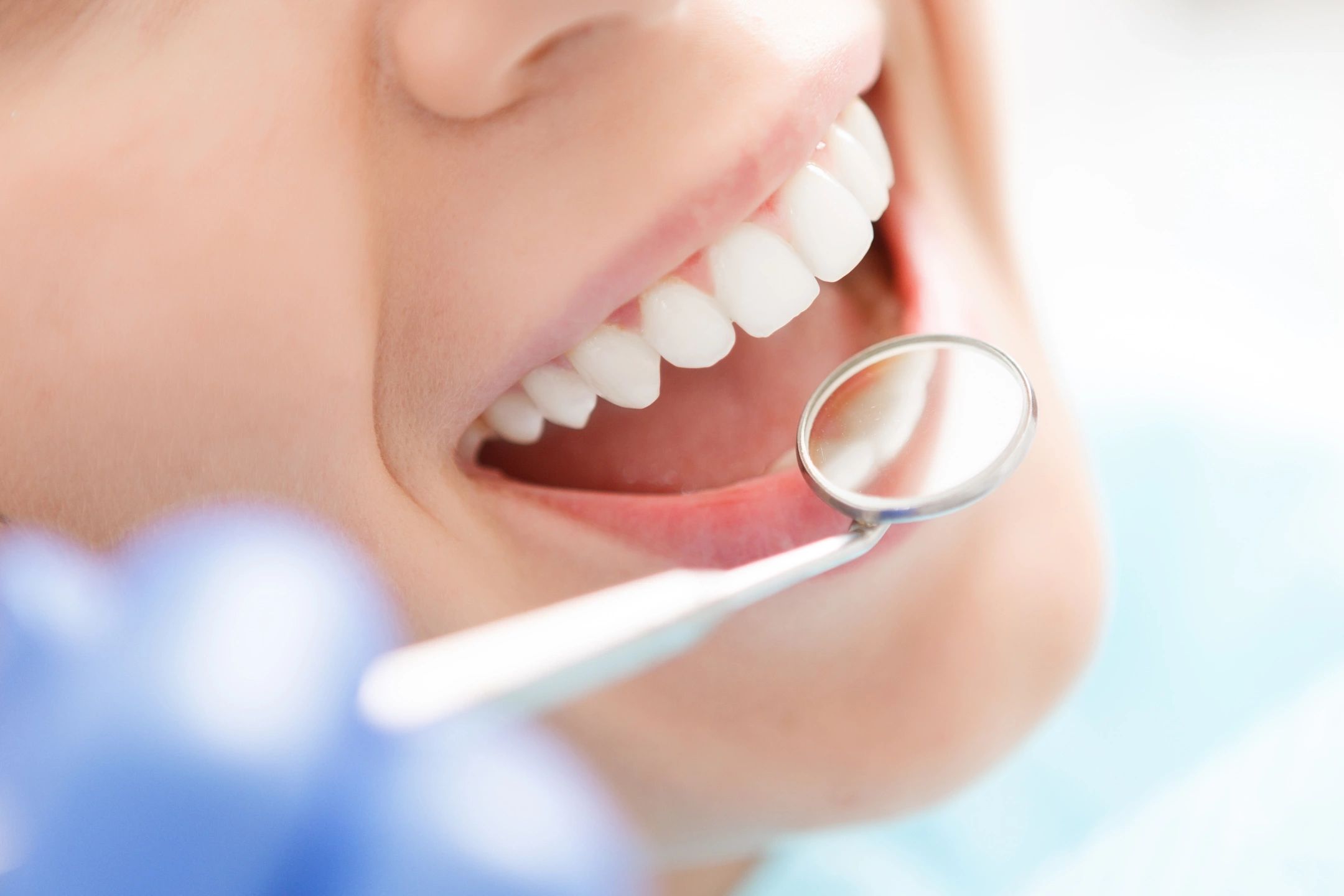Fillings
- What is a Filling? A filling is a way to restore a tooth damaged by decay back to its normal function and shape. When a dentist gives you a filling, he or she first removes the decayed tooth material, cleans the affected area, and then fills the cleaned out cavity with a filling material. By closing off spaces where bacteria can enter, a filling also helps prevent further decay.
- How Do I Know if I Need a Filling? Only your dentist can detect whether you have a cavity that needs to be filled. During a checkup, your dentist will use a small mirror to examine the surfaces of each tooth. Anything that looks abnormal will then be closely checked with special instruments. Your dentist may also X-ray your entire mouth or a section of it. The type of treatment your dentist chooses will depend on the extent of damage caused by decay.
Crowns/Bridges
- Bridges and crowns are fixed prosthetic devices that are cemented onto existing teeth or implants. Crowns are used most commonly to entirely cover or “cap” a damaged tooth or cover an implant.
Root Canals
- Root canal is a treatment to repair and save a badly damaged or infected tooth instead of removing it. The procedure involves removing the damaged area of the tooth (the pulp) and cleaning and disinfecting it, then filling and sealing it. The common causes affecting the pulp are a cracked tooth, a deep cavity, repeated dental treatment to the tooth or trauma to it.
Dentures
- Dentures are custom-made replacements for missing teeth and can be taken out and put back into your mouth. Replacing missing teeth will help to improve your appearance and smile. Without support from the denture, facial muscles sag, making a person look older. What’s more, dentures will help you eat and speak more comfortably.
Extractions
- If a tooth has been broken or damaged by decay, your dentist will try to fix it with a filling, crown or other dental treatment. But when there’s too much damage for the tooth to be repaired, the tooth may need to be extracted — or removed — from its socket in the bone.
Implants
- A dental implant is a titanium post (like a tooth root) that is surgically positioned into the jawbone beneath the gum line that allows your dentist to mount replacement teeth or bridge into that area. An implant doesn’t come loose like a denture can. Dental implants also benefit general oral health because they do not have to be anchored to other teeth, like bridges.
- Good oral hygiene is critical in caring for your implant. It takes special effort to maximize plaque bacteria removal every day. This means that, along with regular dental visits, you need to brush properly, floss regularly, and clean the spaces between your teeth. Using an antibacterial toothpaste will help maximize plaque bacteria reduction by continuing to kill plaque bacteria after brushing
- Inadequate oral hygiene can lead to the loss of implants. If oral hygiene is inadequate, bacteria multiply on the surface of the implant to harmful levels. This will result in inflammation of the gums, which is called mucositis. If left untreated, bone loss around the implant may result, leading to peri-implantitis.

